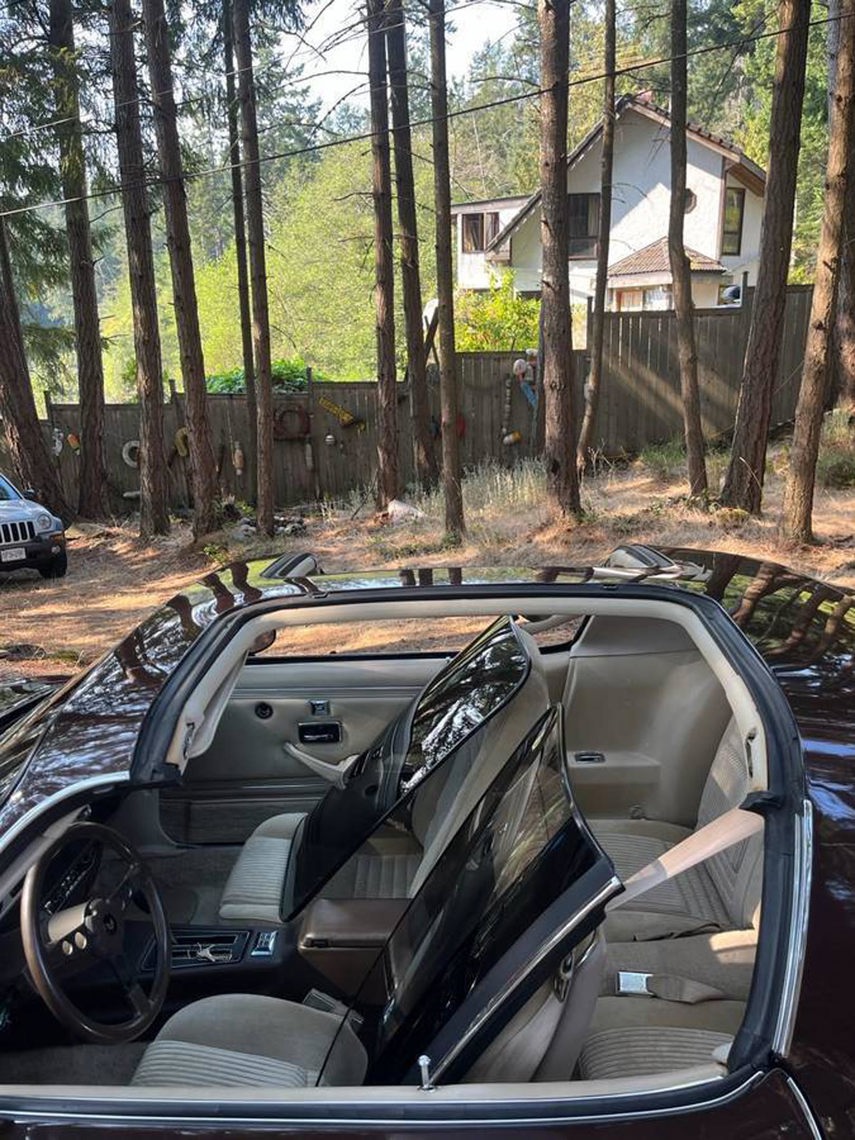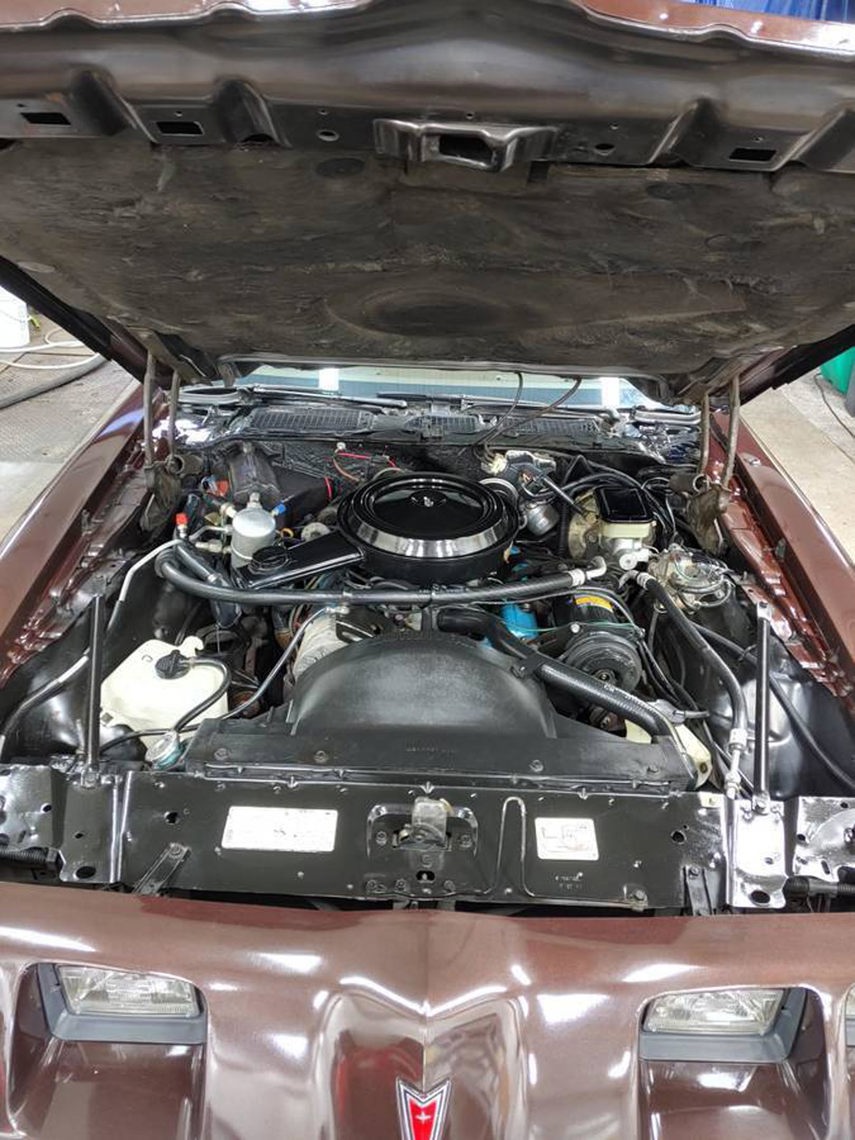As someone who didn’t live through it, 1981 seems like an impossibly transformative year.
Inflation had just hit an all-time high, and the dollar’s value plummeted. Ronald Reagan was elected president of the United States. In Hollywood, the blockbuster Raiders of the Lost Arc helped fill the gap between The Empire Strikes Back and Return of the Jedi. Escape from New York, Mad Max 2, and Evil Dead also debuted in 1981.
Apple Computers had its first-ever proper flop in the Apple III – an event pushing the company towards its first true revelation in the Macintosh. Thrasher magazine was founded, documenting The Bones Brigade and the inception of modern skateboarding. While “Jessie’s Girl” owned the radio airwaves, all the cool kids knew that Henry Rollins had just become the frontman for Black Flag. Meanwhile, Rush released Moving Pictures.
Change defined 1981 culturally, technologically, and philosophically. It was like the decade turned over and the post-modern era simply turned on.
So it makes perfect sense that this was the last year you could buy one of GM’s iconic second-generation F-body cars – the Camaro and Firebird – the only vehicles left on the market introduced at the zenith of the horsepower-crazed muscle car heyday. Like dinosaurs going extinct, every other muscle car introduced before 1973 died off. The Ford Mustang only survived by devolving into an economy car. But the Camaro and Firebird simply carried on, albeit with far more restricted performance (but it’s the spirit that counts).

The ’82 redesign was a radical departure from the previous generation. It used a full unitized structure, a modern coil spring, and strut suspension. For the first time, the body style was a hatchback. With their plastic “ground effects” body kits, fuel-injected engines, and alloy wheels, the Camaro and Firebird had become very modern products after 11 years of stagnation.
That means 1981 was the last time a muscle car was like that.
Steel body. Vinyl interior. Carburetors. Analogue everything. Cartoonishly awesome body graphics. And the last year Pontiac produced its own V8 engine.
A machine ungoverned by the silent oppression of unerring certainty. Somehow more organic and alive. Just the sound of steel on steel as you unlock, open, and shut the door. It’s like a record under a needle in that the grit is the point. You slam a door shut on a car like this because you have to.
Sure, the G-body cars like the Chevrolet Monte Carlo and Buick Regal carried on some of this tradition through the ’80s, but they could never link their DNA back to 1970 the way a second-gen F-body could.
Of course, nothing from any period of mass consumerism was meant to last, so it feels extra special, even improbable, to find a mint-condition Firebird that is almost entirely original – a true survivor.

Enter this 1981 Pontiac Firebird Formula found on the AutoTrader marketplace.
The Formula is actually the rarest option for 1981. With less than 6,000 examples built, only 8.5 per cent of all Firebirds were Formulas. Of course, they’re even rarer with T-tops, not just because T-tops were an optional extra, but because they were notorious for letting in moisture, which wasn’t exactly conducive to prolonging the car’s lifespan.
The Formula’s relative obscurity is due to its oddball package. While it offered the same performance options as the top-tier Trans Am, it also lacked some of the bells and whistles of the more gentleman-like Esprit.
This particular Formula is optioned with the naturally aspirated 305 V8 engine, T-tops, “Grand Le Mans” seats in medium beige with medium brown trim appointments and exterior colour in Dark Brown Metallic. It just screams 1981 and is a time capsule for all intents and purposes.
The seller is only the second owner of the Firebird, which was originally purchased on April 10, 1981, at Carter Pontiac in Burnaby, B.C.
The original owner kept it with a mountain of documentation and paperwork, including the original bill of sale and all the original manuals. Heck, he’s even got the original floor mats and pesky T-top bags that literally everybody lost.

“The car was still on the original Uniroyals when I purchased it,” the seller said in reference to the tires. “The new owner can have those.” The car currently sits on appropriate BF Goodrich tires.
So how did this Firebird survive? Stored in an airplane hangar at Boundary Bay airport outside of Vancouver, the original owner was something of a collector but was particularly fond of his Firebird Formula, keeping it stored during the winter and out of B.C.’s notorious rain, keeping those T-tops dry.
It has 50,000 original kilometres on the clock. The asking price is a humble $27,500, which, if the market finally ignites on these late-model second-gens, you’ve got a fairly rare one on your hands.
But don’t buy it for that. Buy it because you simply can’t buy cars like this anymore. And this one deserves to survive another 40 years.












